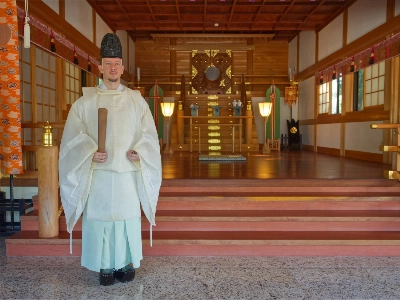In the 20th century, Soviet-style communism and Nazi-style fascism obviously figured as the two most clearly cut and, eventually, most perilous newfangled political systems — ambitious radical ideologies combined with rough social practices. Josef Stalin and Adolf Hitler directly competed with each other for global domination and "glory."
Infatuation with party and state symbols, love for military and sport parades, favoring of grandiose and pompous architectural styles, ardent dislike for modernist trends in fiction and in visual arts, selective discrimination and idiosyncrasies toward disabled and mentally disabled people as well as those with unusual sexual orientations, direct violence and mass repressions against political opponents and some social and ethnic groups — Nazi Germany and Soviet Russia had all these and many other things in common and went out of their way on every occasion to rival each other in displaying them.
After the war, the U.S., Britain and the Soviet Union conducted a decade-long campaign of de-Nazification of occupied Germany. Aside from court trials, executions, thorough personal checks of all former military people and government officials, the allied powers knocked the totalitarian spirit out of "plain Germans" via such means as forcing them to watch documentaries and fictional movies depicting fascist cruelties, take mandatory excursions to former concentration camps and work at war cemeteries. There was no avoiding such re-educative measures.


















With your current subscription plan you can comment on stories. However, before writing your first comment, please create a display name in the Profile section of your subscriber account page.